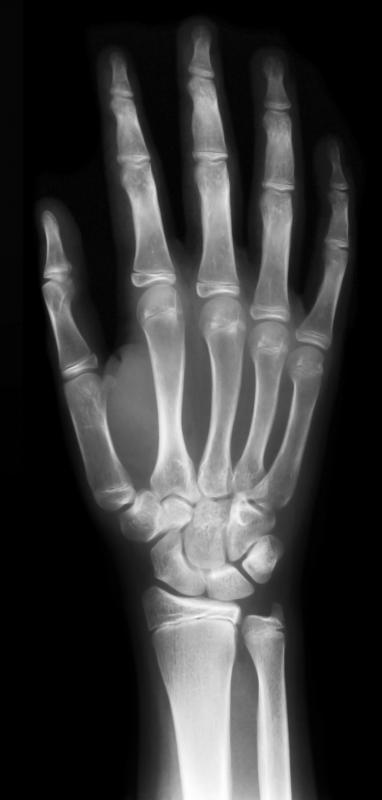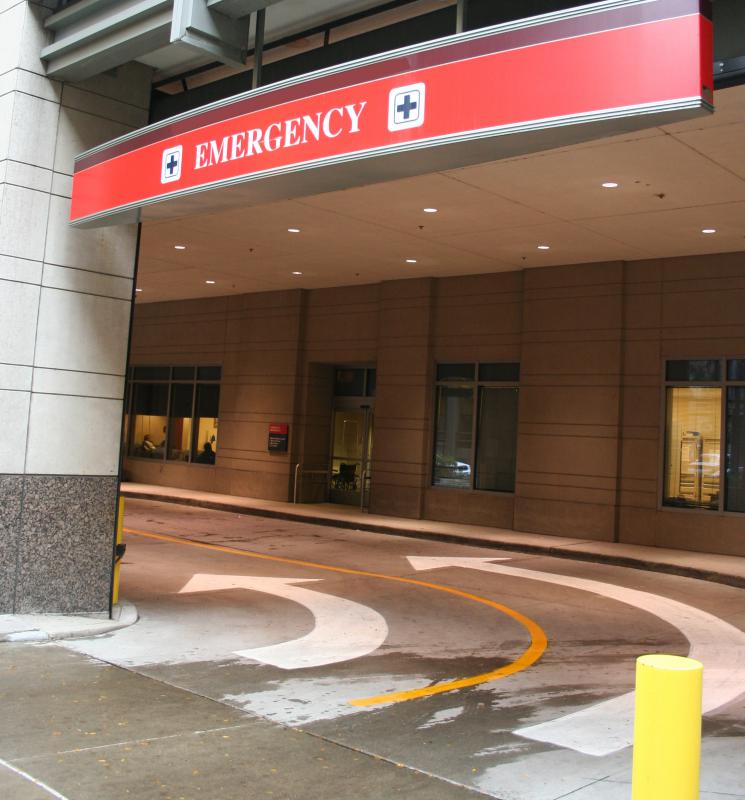At WiseGEEK, we're committed to delivering accurate, trustworthy information. Our expert-authored content is rigorously fact-checked and sourced from credible authorities. Discover how we uphold the highest standards in providing you with reliable knowledge.
What is Urgent Care?
Urgent care is health care provided to patients who have conditions which require medical attention, ideally within 24 hours. In contrast with emergency care, which must be provided immediately to prevent permanent disability or death, urgent care involves conditions which could develop complications, but are not life-threatening. An example of this type of medical care is assistance provided to a patient who has a sore throat.
Typically, this type of care is provided in a clinic which stands alone from a hospital. The idea is that ambulatory patients can go to an urgent care facility when they cannot get an appointment with a regular doctor and their conditions are not serious enough to merit a trip to the emergency room. The urgent care physician serves as a stand-in for a regular physician who is not available, while the facility reduces the burden on emergency rooms by taking non-emergency cases.

These types of care facilities began to proliferate in the 1970s. Many health insurance companies strongly encourage their customers to use urgent care whenever possible, because of the reduced cost, and to ensure that conditions are treated before they reach the level of a medical emergency. For example, a sore throat treated within 24 hours is very manageable, but it can become a critical medical emergency if it is ignored. By making this level of medical care available, physicians can intervene quickly.

Some facilities accept walk-ins, although there may be a brief wait during periods when the facility is crowded. Others require people to make appointments, but they guarantee appointments within 24 hours. As anyone who has tried to get a doctor's appointment within 24 hours for a condition which needs attention knows, the ability to be seen within a day can make a big difference.
Depending on the level of the facility, these clinics may offer a variety of services. When needed, the facility can refer patients to a hospital for emergency care if a condition appears to be more serious than was originally thought. The facility may also be able to perform basic medical testing in a laboratory, and it may include some medical imaging devices such as x-rays and ultrasounds for the purpose of diagnosis.
After a patient has been treated at urgent care, he or she may be advised to make a follow up visit to a regular doctor or general practitioner. If a patient's case requires special skills, the facility may offer a referral to a specialist who will attend to the follow up care.
AS FEATURED ON:
AS FEATURED ON:












Discuss this Article
Post your comments